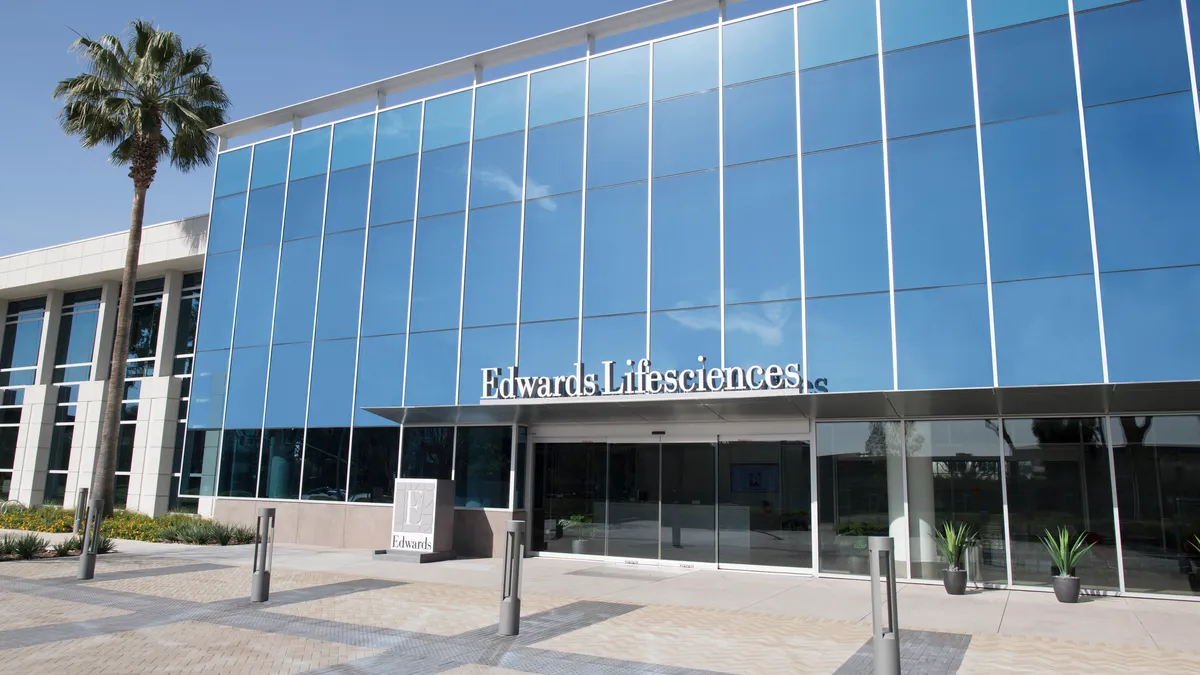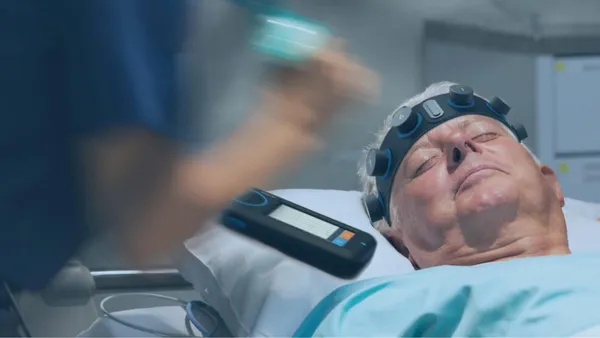Edwards Lifesciences changed the way heart valve disease is treated in 2019. It was not the first time the medtech turned the field of structural heart care on its head.
Before earning FDA’s nod this summer to market its catheter-based aortic valve replacement device for use in a new subset of healthier patients on the strength of evidence the procedure works better than open heart surgery, Edwards first had to prove its merits in individuals so frail as to be out of treatment options.
It did that in 2011, winning approval for its Sapien valve in inoperable patients to become the first device maker to bring the game-changing technology to the U.S. market. No longer did patients need to endure having their breast bone split and heart temporarily stopped for a valve replacement. Expanded FDA indications for high-risk and intermediate-risk patient groups followed.
Now, with transcatheter aortic valve replacement (TAVR) permitted for use in patients at low risk of complications during an operation in both the U.S. and Europe, Edwards has upended the status quo again. Some analysts see the TAVR market doubling in the next few years as a result. Per a December update to investors, the company expects to close out 2019 with nearly 20% growth in its TAVR business and foresees sales in the unit reaching around $3 billion next year.
Among the handful of large medical device companies in the cardiac sector, Edwards stands out for its singular focus on heart valves. Whereas others are diversified across multiple therapeutic areas, Edwards derives the majority of its sales from structural heart care. A smaller patient-monitoring business is also a steady grower.
It is in TAVR, however, where the company is making the biggest waves. "Eventually this is going to become the standard of care, and you are going to do only very few of the older surgical valve cases," said Jeff Jonas, a portfolio manager with GAMCO Investors who focuses on healthcare.
Edwards currently has an upper hand in its addressable populations, both geographically and from a patient risk strata perspective. In the U.S., it competes with Medtronic, the only other manufacturer to have a low-risk indication, and Boston Scientific. Those competitors could mean some loss of market share and slight price declines in 2020, the company said at a recent investor day.
In Europe, Edwards currently enjoys the status of being the only manufacturer with a product allowed for use in the low-risk population.
With an R&D budget pegged at 17% to 18% of sales, Edwards also stands out. R&D spending at between 8% and 12% is more typical of the medtech sector, according to Jonas. "Their R&D as a percentage of sales is significantly higher than their peers. Part of the reason they’ve been so innovative is they spend a lot more money on it," he said.
And while average medtech R&D spending grew 11% in 2018 according to EY, Edwards' rate of increase was closer to 12.5% and could be in the ballpark of 17% by the end of this year.

The strategy is paying off in accelerated revenue growth. Edwards' TAVR sales climbed 26% in the third quarter, prompting the company to raise its earnings outlook for the year as demand for its Sapien 3 valve surged after the new FDA indication was granted in August. The company’s shares are up more than 60% year to date.
"Edwards is focused on going after bold goals in structural heart disease and critical care, and we endeavor to change the practice of medicine with our innovations," CEO Mike Mussallem told MedTech Dive in an email. "To do this, we believe in staying focused, striving for leadership and pioneering breakthrough therapies with superior evidence. If we do this right, we’ll create meaningful solutions for patients that transform care."

When Edwards unveiled the clinical data supporting its low-risk indication earlier this year, Sapien demonstrated superiority to traditional valve surgery. Analysts say Edwards has expanded the TAVR market by continually introducing better iterations of its technology over the past decade.
"You have to give them credit for their success rates in product development. In the end, especially when it comes to these higher-tech products, physicians want to use what they think is the best technology, and that’s where Edwards holds an advantage in the TAVR space," said David Heupel, senior analyst at Thrivent Asset Management.
Credit for Edwards’ long winning streak also goes to Mussallem, the company’s only CEO since it was spun off from Baxter International in 2000. Mussallem also claimed the twelfth spot on the Harvard Business Review's 2019 list of the world's top-performing chief executives. "Investors view this as one of the strongest management teams in medtech and likely all of healthcare," said Heupel.
Mussallem expects more big things from the company's pipeline. Edwards is studying TAVR in a new population of asymptomatic patients, its Pascal mitral valve repair device is rolling out in Europe, and a mitral version of Sapien is on track to begin a U.S. pivotal trial before the end of the year. The company is also working on tricuspid valve repair technology, which, like mitral, is a space where Edwards would be competing with Abbott.
"Nearly 20 years ago, Edwards established as an independent company, and we committed to investing significantly in R&D in order to deliver breakthrough innovations to patients. We utilize a process in which we pursue multiple innovations with dedicated teams, and we empower these teams to explore, fail and learn," Mussallem said. "While we know that not all of our programs will prove superior to current standard of patient care, we are committed to exploring numerous promising opportunities."


 Read more
Read more







